Disclosure: This article contains affiliate links. We may earn a commission from purchases at no extra cost to you, which helps our travel content.
Paraguay wasn't initially on our family travel radar when we left Marseille last spring, but this landlocked South American nation turned out to be one of our most memorable adventures yet. As someone who's splashed through Thailand's azure waters and navigated Australia's rugged outback with two energetic children in tow, I'm always seeking destinations that balance cultural immersion with environmental awareness. Paraguay delivered this perfect blend with its fascinating mix of indigenous Guaraní culture, colonial Spanish heritage, and surprisingly accessible natural wonders. For families seeking an off-the-beaten-path adventure that won't break the bank, Paraguay offers authentic experiences without the tourist crowds of its more famous neighbors. Join me as I share how we navigated this underrated gem, from the colorful streets of Asunción to the rolling countryside where tradition still reigns supreme.
Navigating Asunción with Kids: Culture Made Accessible
Asunción strikes that perfect balance that parents dream about – enough cultural stimulation to feel like you're somewhere truly different, but with a relaxed pace that accommodates small travelers. We based ourselves in a modest but comfortable apartment in the Villa Morra neighborhood, which gave us easy access to the city's highlights while providing enough space for the inevitable end-of-day meltdowns that accompany family travel.
The Museo del Barro quickly became our favorite spot. Unlike many museums where my kids typically start fidgeting after twenty minutes, this treasure trove of indigenous art and crafts captivated them for hours. The colorful masks and intricate textiles sparked endless questions about Paraguay's native communities. Pro tip: ask for the children's activity sheets at the entrance – they're available in English and Spanish and turn the visit into a cultural scavenger hunt.
The Botanical Garden and Zoo offered a welcome green respite from city exploration. While not as polished as European facilities, it provided an authentic look at local conservation efforts. My children were fascinated by the rehabilitation work being done with native species, particularly the programs focused on the endangered pampas deer. We spent an entire afternoon wandering the shady paths, discussing habitat loss and the importance of protected areas – conversations that continued throughout our trip.
For getting around Asunción, we found that a mix of walking and occasional taxis worked best. After a particularly hot day of sightseeing, I was grateful for our collapsible water bottles which saved us from buying single-use plastics while keeping everyone hydrated in the subtropical heat.

💡 Pro Tips
- Visit museums early in the day when temperatures are cooler and children are more attentive
- The Sunday artisan market at Plaza de los Héroes is perfect for kid-friendly souvenirs with cultural significance
- Most museums in Asunción are closed on Mondays, so plan accordingly
Estancia Stays: Rural Paraguay Through a Child's Eyes
After the urban exploration of Asunción, we headed to the countryside for what would become the highlight of our Paraguay adventure – a three-night stay at a traditional estancia (ranch). Located about two hours from the capital near the town of Paraguarí, Estancia Aventura offered our family a genuine glimpse into rural Paraguayan life without sacrificing basic comforts.
The transition from city to countryside was dramatic – suddenly we were surrounded by rolling hills, grazing cattle, and the kind of star-filled night sky that my Marseille-raised children rarely experience. Our accommodation was simple but comfortable – a renovated farmhouse with ceiling fans, mosquito nets, and delightfully creaky wooden floors that told stories of generations past.
What made this experience so special was how hands-on it was for the children. Unlike some agritourism experiences that merely showcase rural life, this estancia invited participation. My daughter spent hours in the kitchen with Doña Clara, learning to make chipa (a traditional cheese bread), while my son became inseparable from the ranch hands who patiently taught him to ride like a true Paraguayan cowboy.
The estancia's approach to sustainability impressed me – solar panels powered most facilities, water was carefully conserved, and nearly all food came from either the property itself or neighboring farms. It provided perfect teaching moments about resource conservation that connected directly to what the children were experiencing.
For families considering an estancia stay, I'd recommend packing a good headlamp for each family member. The rural darkness is profound, and having hands-free lighting made evening walks and midnight bathroom trips much less adventurous than they might have been. Also invaluable was our portable insect repellent which kept the evening mosquito population at bay while we enjoyed stunning sunsets from the veranda.
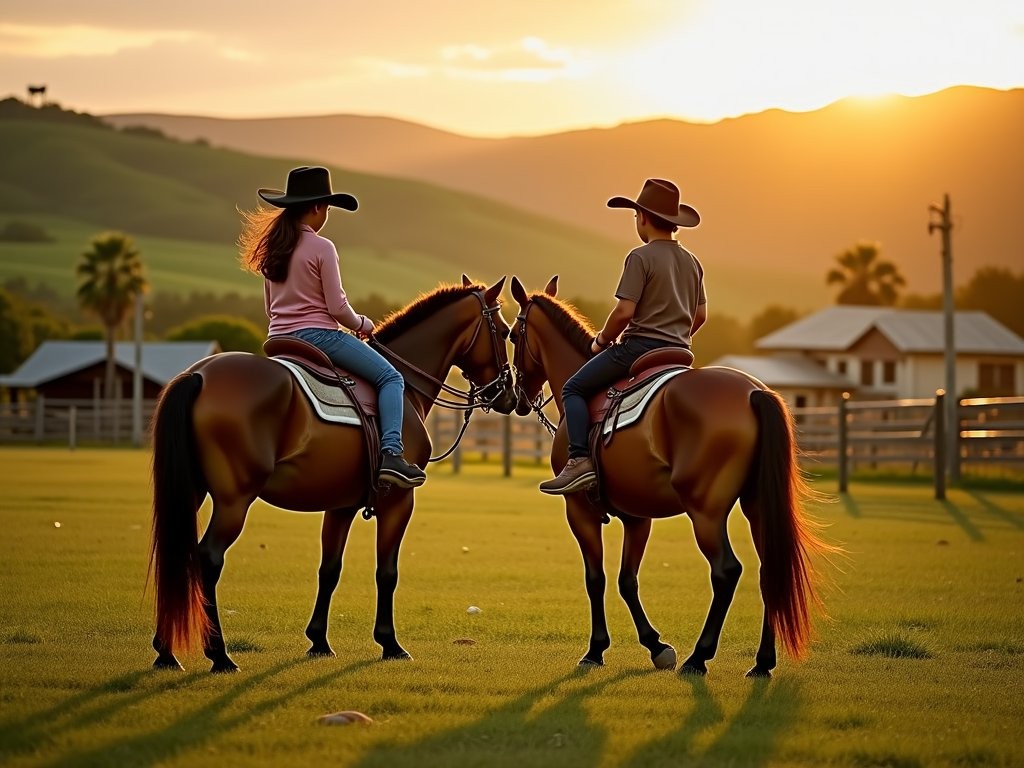
💡 Pro Tips
- Book estancia stays directly by email rather than through booking sites for better rates and more personalized experiences
- Pack clothes that can get dirty – ranch activities involve dust, mud, and authentic farm experiences
- Learn basic Spanish phrases before your estancia stay – English is less commonly spoken in rural areas
Guaraní Culture: Connecting Children to Indigenous Heritage
One aspect of Paraguay that sets it apart from many South American destinations is the strong presence of Guaraní culture. Unlike countries where indigenous languages have faded, Paraguay remains proudly bilingual, with Guaraní spoken alongside Spanish in daily life. This cultural resilience provided rich learning opportunities for our family.
We arranged a day trip from Asunción to visit a Guaraní community about an hour outside the city. Through a community tourism initiative, local guides shared traditional knowledge with us in ways that captivated the children. Learning to make traditional crafts, identifying medicinal plants, and hearing myths about the forest creatures left lasting impressions on all of us.
What struck me most was how the Guaraní approach to environmental stewardship resonated with my own values as a marine biologist. Their concept of living in harmony with nature rather than dominating it sparked meaningful conversations with my children about our own impact on the planet. These weren't abstract discussions but tangible lessons grounded in what we were experiencing.
The highlight came when we participated in a traditional music session. The community members taught my children to play simple rhythms on handmade instruments, culminating in an impromptu performance that had everyone laughing and dancing. These moments of cultural connection transcended language barriers and created memories I know they'll carry forever.
Before our visit, I'd downloaded a language translation app that included Guaraní phrases. While not perfect, it helped us show respect by attempting basic greetings and thanks in the indigenous language – efforts that were met with genuine appreciation and often broke the ice with community members who were initially shy around foreign visitors.
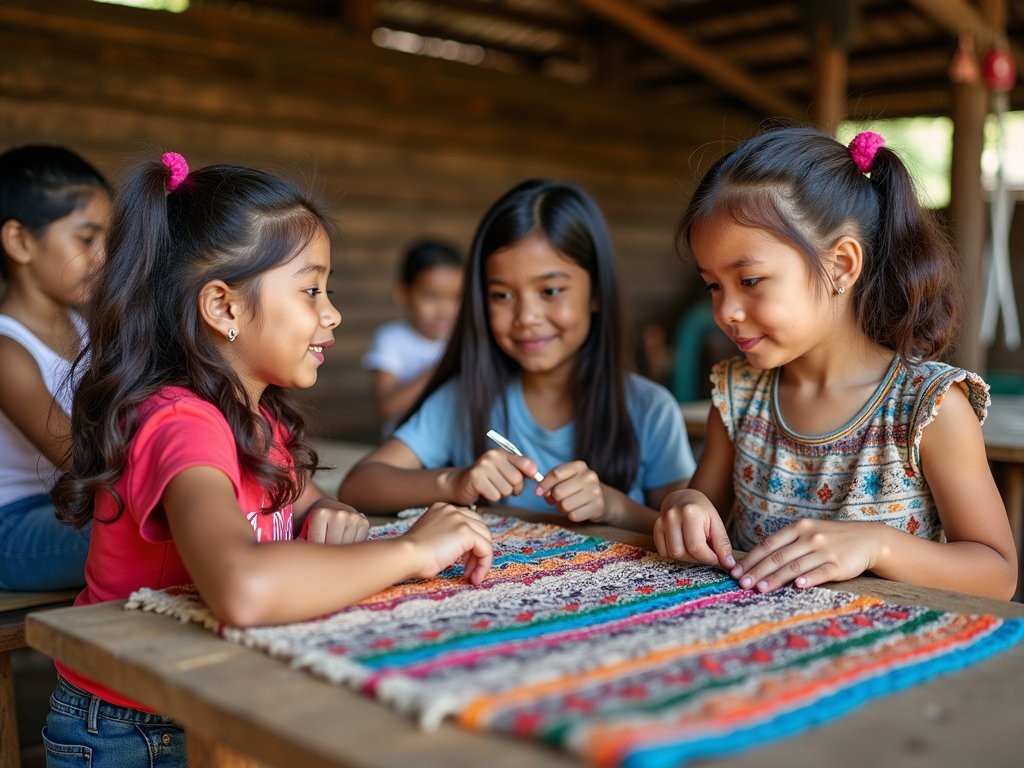
💡 Pro Tips
- Research community-based tourism initiatives rather than commercial 'cultural shows' for authentic experiences
- Bring small gifts like school supplies or photos from your home country as a respectful way to thank communities that welcome visitors
- Learn about Guaraní history before visiting to ask informed questions and show genuine interest
Jesuit Missions: History Lessons Beyond Textbooks
No educational family trip to Paraguay would be complete without exploring the remarkable Jesuit Missions. While the most famous ruins lie in neighboring Argentina and Brazil, Paraguay's missions offer a less crowded but equally fascinating glimpse into this unique historical experiment where European Jesuits and indigenous Guaraní people created autonomous communities in the 17th and 18th centuries.
We chose to visit the Trinidad mission, about a 5-hour drive from Asunción. Rather than rushing there and back in a day, we broke up the journey with an overnight stay, giving us ample time to explore the UNESCO World Heritage site at a child-friendly pace. What could have been a boring historical lecture became an engaging treasure hunt as the children explored the atmospheric ruins, climbing stone staircases and discovering hidden corners where nature is slowly reclaiming the structures.
To prepare for the visit, we read children's books about the missions and watched short documentaries that explained how these communities operated – with their own governance, education systems, and remarkable artistic achievements. This background knowledge transformed what they saw from mere piles of red stones into a living history lesson about cultural exchange, colonization, and resistance.
The site's excellent museum houses artifacts that bring the mission's story to life – musical instruments, printing presses, and artwork that demonstrate the sophisticated cultural fusion that occurred. My science-minded children were particularly fascinated by the astronomical observations conducted at the missions and how indigenous knowledge of the natural world was documented and preserved by the Jesuits.
For families planning to visit the missions, I recommend bringing a good travel guidebook that covers Paraguay in depth (surprisingly rare in mainstream travel literature). The historical context makes all the difference in appreciating what you're seeing. Also, the missions are exposed to the elements with little shade, so sun protection is essential – our pop-up sun shelter provided a welcome respite for snack breaks and rest periods between exploration.
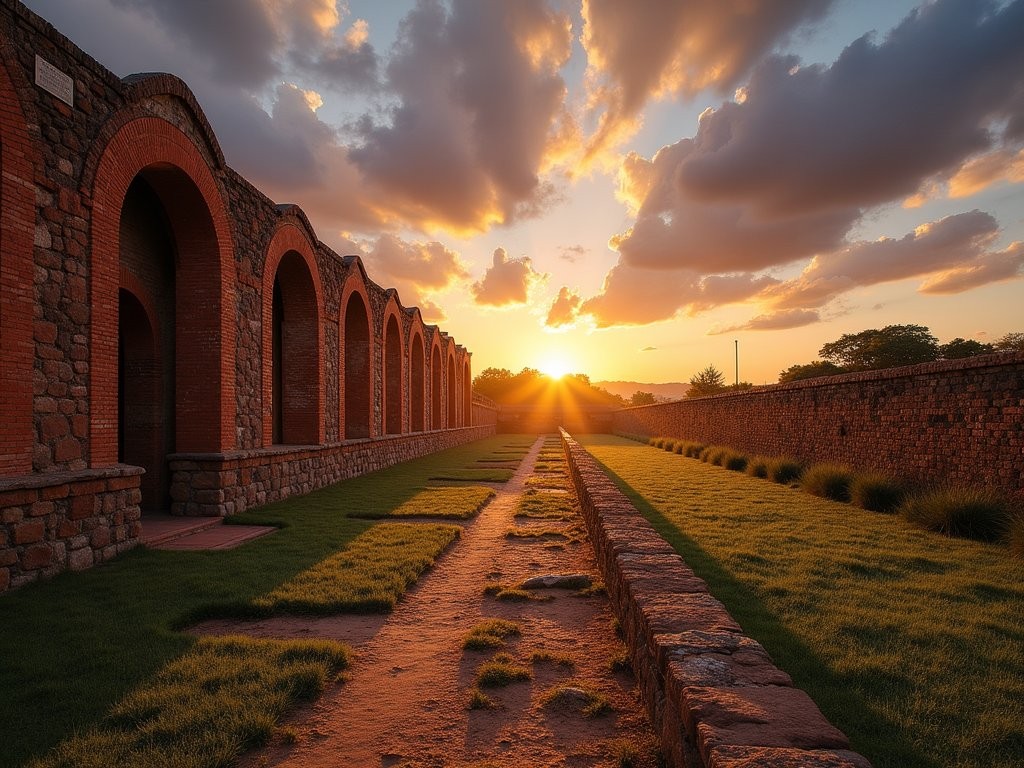
💡 Pro Tips
- Visit early in the morning or late afternoon to avoid the intense midday heat at the exposed ruins
- Hire a local guide at the site entrance – their storytelling brings the history to life for children
- Download offline maps before heading to the missions as mobile coverage can be spotty in rural areas
Practical Tips for Family Travel in Paraguay
Paraguay presents unique challenges and rewards for family travelers. As someone who's navigated many destinations with children in tow, I found Paraguay refreshingly straightforward once we adjusted our expectations and rhythm to local patterns.
Transportation: While public buses connect major destinations, we opted to hire a local driver for longer journeys outside Asunción. This gave us flexibility for impromptu stops when the children spotted interesting wildlife or needed breaks. Within Asunción, Uber works well and eliminates language barriers when explaining destinations.
Accommodations: Family-friendly accommodations are plentiful but vary widely in standard. In Asunción, apartment rentals offered the best value and space for our family. Outside the capital, we found that family-run guesthouses (posadas) were more welcoming to children than larger hotels, often providing home-cooked meals that could be adjusted for picky eaters.
Food and Water: My children surprised me by embracing Paraguayan cuisine – especially empanadas, milanesa (breaded meat cutlets), and the ubiquitous mandioca (cassava). Most restaurants welcomed children warmly, though dining happens later than many foreign families might be accustomed to. We carried a portable water filter bottle which allowed us to safely drink tap water throughout our journey while avoiding single-use plastic bottles – an essential tool for environmentally-conscious family travel.
Health and Safety: Paraguay is generally safe for families, though standard precautions apply. We found the biggest challenges were heat and sun exposure rather than security concerns. A well-stocked first aid kit with rehydration salts proved useful after particularly active days.
Language: While tourist areas in Asunción have some English speakers, venturing beyond requires basic Spanish. My children picked up simple phrases quickly, turning language learning into a game as they collected and practiced new words each day. Their efforts were invariably met with patience and encouragement from locals delighted to see foreign children engaging with their culture.

💡 Pro Tips
- Schedule outdoor activities for early morning or late afternoon to avoid the intense midday heat
- Embrace the Paraguayan siesta culture – plan quiet afternoon activities at accommodations during the hottest hours
- Carry small denomination Guaraní notes for smaller purchases as change can be difficult to get
Final Thoughts
Our week in Paraguay defied every expectation, proving that sometimes the least-hyped destinations offer the richest family experiences. From the moment my children joined a spontaneous football game with local kids in Asunción's Plaza de la Democracia to our tearful goodbyes at the estancia, Paraguay revealed itself as a place where authentic connections happen naturally. The country's blend of accessible nature, living indigenous culture, and fascinating history provided learning opportunities that felt like adventures rather than lessons. If your family craves experiences beyond the standard tourist circuit – where children can engage meaningfully with different ways of life while developing environmental awareness – Paraguay deserves a prominent place on your travel wish list. Pack your curiosity, brush up on your Spanish, and prepare to be embraced by one of South America's most underrated family destinations.
✨ Key Takeaways
- Paraguay offers authentic cultural immersion without overwhelming crowds or commercialization
- Combining city exploration in Asunción with rural estancia stays provides perfect balance for families
- The strong presence of Guaraní culture creates unique learning opportunities about indigenous perspectives
- With proper planning, Paraguay can be navigated safely and comfortably with children of various ages
📋 Practical Information
Best Time to Visit
Spring (September-November) or autumn (March-May) when temperatures are moderate
Budget Estimate
$75-150 per day for a family of four, excluding international flights
Recommended Duration
7-10 days
Difficulty Level
Moderate

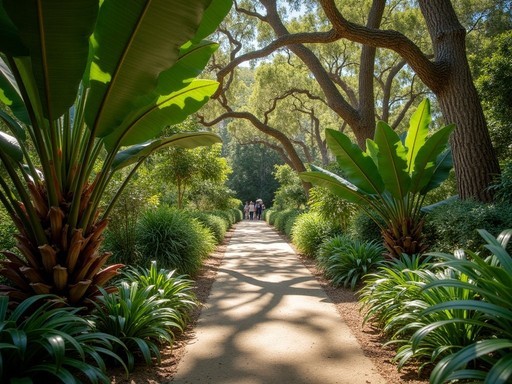


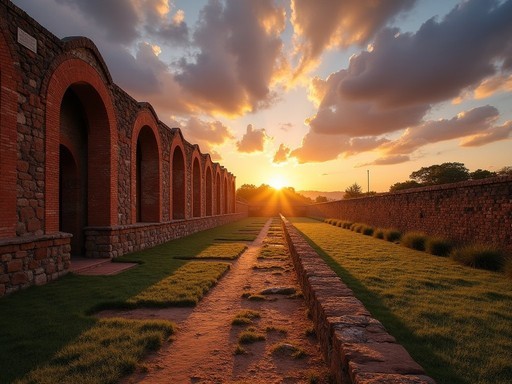




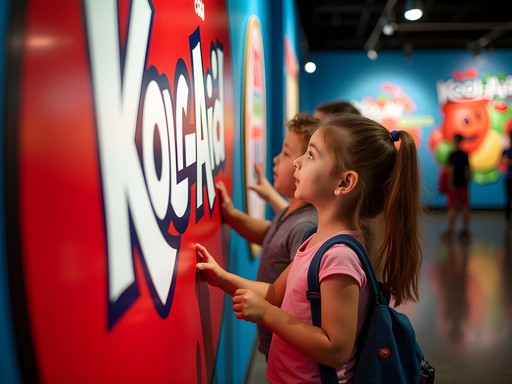
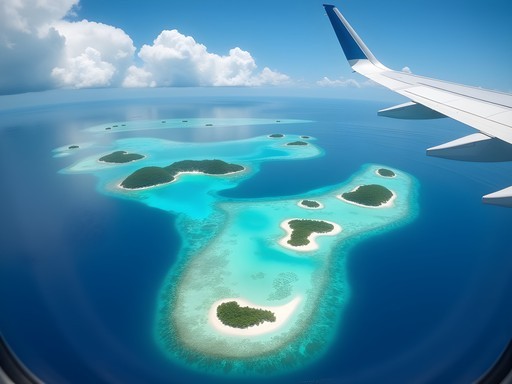
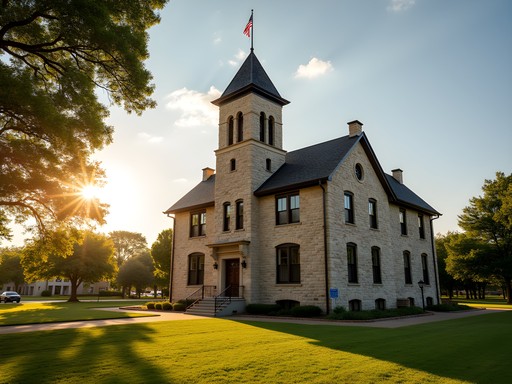

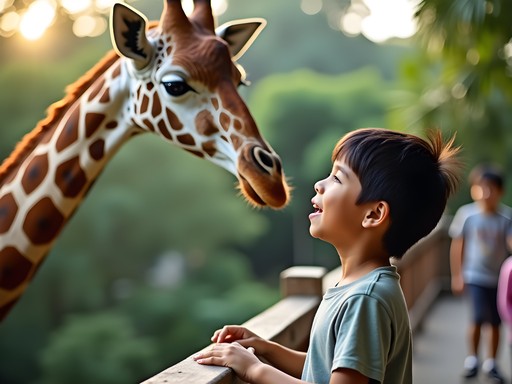


Comments
adventureguide
How was the public transportation with kids? Safe?
EmiliaHudson
We found the buses in Asunción perfectly fine during daytime, but used taxis in the evenings. For getting to estancias, we hired a driver which I'd recommend for families - much more comfortable than long-distance buses with kids.
adventureguide
Thanks! Good to know about the driver option.
ParaguayLocal
So nice to see my country featured! If you visit Asunción with kids, don't miss the Botanical Garden - there's a small zoo section and lots of space for them to run around. Also try our traditional food like sopa paraguaya (it's not soup, it's cornbread!) and chipa. Kids usually love them!
Frank Garcia
This post brings back memories! I backpacked through Paraguay last year and was similarly surprised by how rewarding it was. The Jesuit Missions were fascinating - I spent three days exploring them. For families visiting, I'd add that the Itaipu Dam tour is surprisingly kid-friendly with interactive displays about hydroelectricity. One tip about estancias - if you book directly rather than through agencies, prices are often 30-40% lower. I stayed at Estancia Aventura near Paraguarí and they were incredible about showing me traditional ranch life. Did your kids get to try making cheese or helping with the cattle?
TravelMomof3
Thanks for the estancia booking tip! We're planning a trip for spring break and I'm definitely going to try contacting them directly.
Frank Garcia
Happy to help! Just make sure to brush up on basic Spanish phrases - many estancia owners don't speak much English. I used phrasebook which was perfect for these situations.
adventureguide
Paraguay! Finally a post about somewhere different! Been wanting to visit since forever.
Frank Garcia
Right? So refreshing to see content about places that aren't all over Instagram.
adventureguide
Exactly! Getting tired of the same 10 destinations everyone posts about.
greenrider
Just got back from Paraguay with my family last month! One tip to add - bring insect repellent if you're doing the estancia stays, especially if visiting during summer. The mosquitoes near the river areas were fierce! The kids loved making chipa bread though, definitely recommend that activity if offered at your estancia.
happymate
Oh yes, the mosquitoes! We forgot repellent and had to buy the local stuff which wasn't nearly as effective. Chipa making was a highlight for us too!
escapechamp
This looks amazing! We're planning a South America trip with our 6yo and 9yo next year. Any specific estancias you'd recommend that are particularly good with kids? Also wondering about the Guaraní cultural activities - were they interactive enough to keep children engaged?
Emilia Hudson
For estancias, we loved Estancia Aventura about 2 hours from Asunción - they have specific family programs with kid-sized horse riding gear and staff who are patient with children. For Guaraní experiences, look for the cultural workshops at the Indigenous Crafts Market in Asunción - our kids made their own mini guampas (mate cups) and it was a huge hit!
escapechamp
That sounds perfect, thanks! Did you need to book the estancia far in advance?
Emilia Hudson
We booked about 2 months ahead, but I'd recommend 3-4 months for high season (May-September). Our travel guidebook had a great list of family-friendly estancias with contact info!
wanderchamp
Never considered Paraguay for family travel! Adding to the bucket list 👍
Taylor Moreau
Fascinating read, Emilia. I've been to Paraguay several times for business but never considered it as a family destination. Your perspective on the Jesuit Missions is particularly insightful - I've visited Trinidad but never with the lens of making it engaging for children. The way you incorporated historical education into your family travel is commendable. If I might add for other readers considering Paraguay - the currency situation can be confusing with both guaraníes and dollars accepted in tourist areas. I recommend using a good currency conversion app and carrying small denominations of both. Did you find language to be a barrier outside of Asunción?
Emilia Hudson
Thanks Taylor! Language was definitely challenging outside the capital. Basic Spanish helped, but in rural areas many people spoke primarily Guaraní. Our estancia host was thankfully bilingual and served as translator. I'd recommend families learn at least some Spanish phrases before visiting.
happymate
Wow Emilia! Paraguay is so underrated! We took our kids (8 and 11) to Asunción last year and they absolutely loved the interactive exhibits at the Children's Museum. The estancia stay was definitely the highlight though - our city kids were blown away by horseback riding with actual gauchos! Did you try the traditional yerba mate with your family? Our kids thought the communal drinking ritual was both weird and fascinating 😂
Emilia Hudson
Yes! The yerba mate ritual was such a hit with our kids too. They kept giggling about 'sharing spit' but by the end of the trip they were asking for their own bombillas!
happymate
Haha exactly the same with ours! Now my son insists on drinking apple juice through a bombilla at home 🤣
escapepro7914
Taking my kids (5 and 8) to Paraguay this winter and this post couldn't be more timely! How did you handle the language barrier with the children? And which estancia would you recommend that's really kid-friendly? My daughter is horse-crazy so that part sounds perfect!
Emilia Hudson
We stayed at Estancia Santa Clara and they were amazing with kids! They have special gentle horses for beginners and even pony rides for the youngest ones. For language, we taught our kids a few basic Spanish phrases beforehand which helped, but honestly, kids communicate through play regardless of language. The staff at the estancia knew enough English to bridge any gaps.
escapepro7914
Thanks so much! Just booked Santa Clara based on your recommendation. Can't wait!
Venture X
Premium card with 2X miles, $300 travel credit, Priority Pass